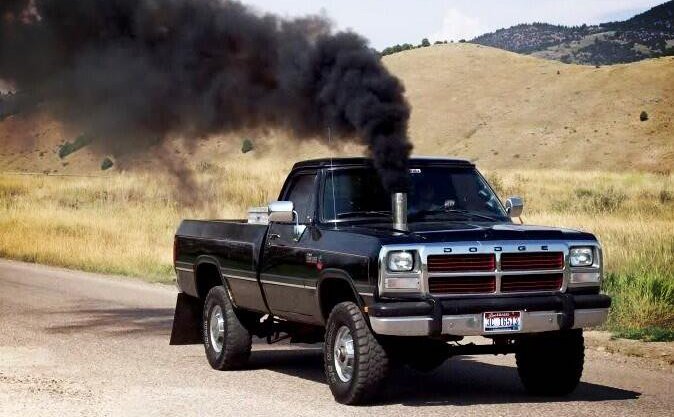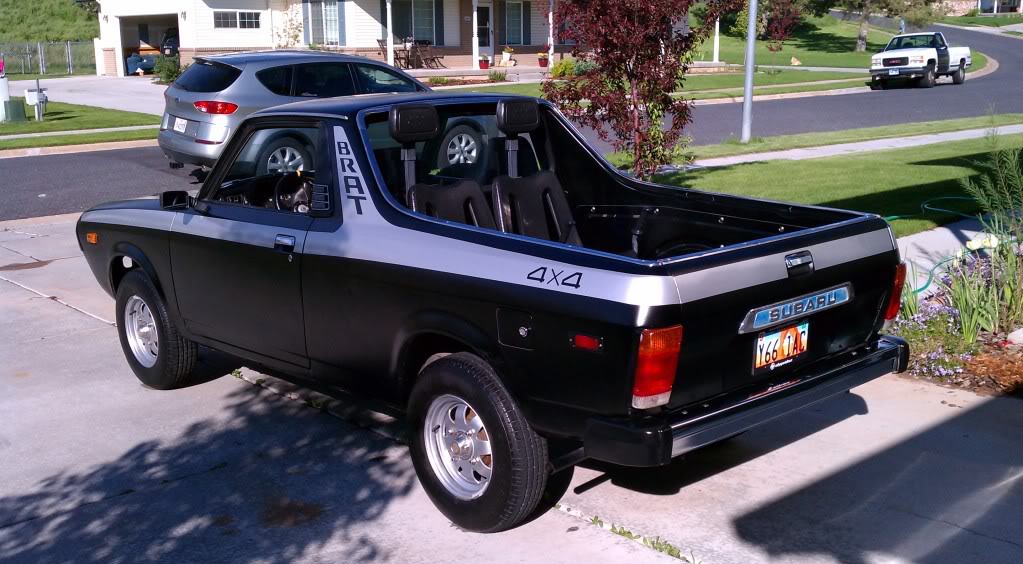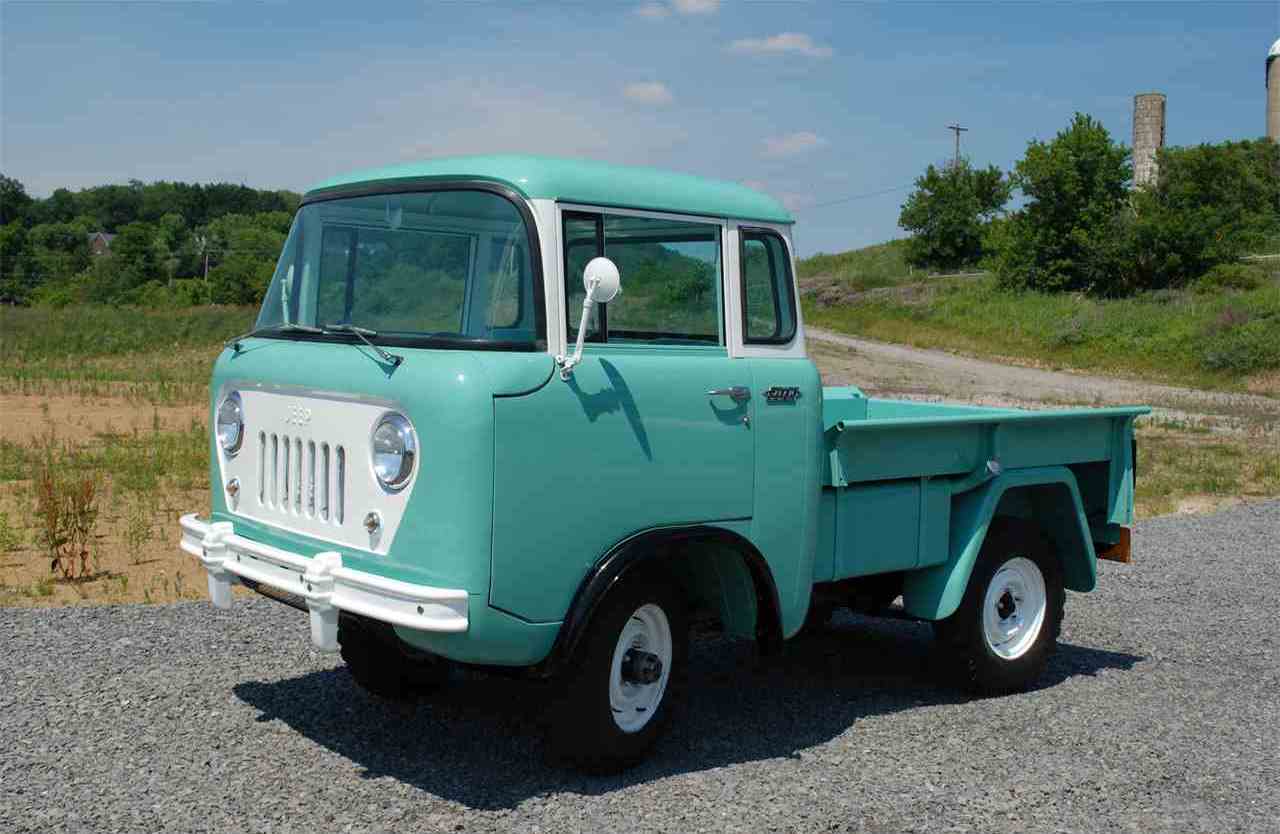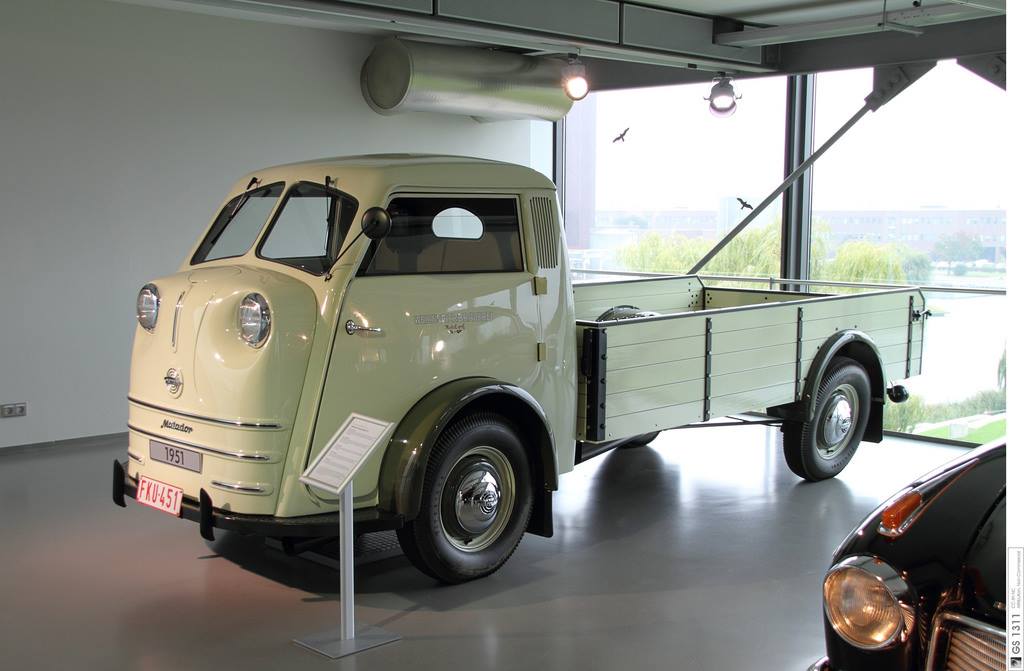One doesn’t have to go too far to find a bizarre-looking truck. The aftermarket for trucks is as diverse as the one for cars.
Rolling coal truck owners aside, truck owners tend to toe the line of normalcy more than their car counterparts. They buy for function, not fashion.
Most truck owners go for rugged form factors, but over the years a few manufacturers have wandered away from those perimeters. They’ve landed in design categories like unique and cute, sometimes with success.
Regardless, truck collectors always have to raise an eyebrow at the odd truck rolling around. Here are three trucks that came off the line begging for raised eyebrows. They’re the perfect addition to your collection.
1978-1994 Subaru Brat
What is most strange about the Brat was not that Subaru made this hybrid with seats in the truck bed, but that they made it for almost two full decades.
The idea behind the tiny truck was that Subaru would cash in on all those sweet-sweet profits enjoyed by Chevy and Ford with their car-truck hybrids, the El Camino, and the Ranchero respectively.
The name, a apt play on a words, stood for Bi-drive Recreational All-terrain Transport. In common language, a brat is a difficult child.
While modern hybrids attempt to take the best of two vehicles classes, mashing them into one that maximizes those advantages, the Brat seemed to take the worst of the two.
It had the bed of truck, but it was a small bed, handicapped by the rear-facing seats. This seats were near-worthless, unprotected from the elements and flying debris.
The Brat had car-level clearance, and a tiny engine. Still, President Ronald Reagan was a fan. He kept one at his ranch in Santa Barbara, California.
1956-1957 Willys FC-150
In the category of weirdness, there are two subcategories. There’s weird, which is not pretty—a la the Brat—and then there is weird that’s kinda cute, cool if you prefer. This one falls into the latter.
The “FC” stood for forward control, inspired by larger cab-forward designs, like big rigs. Whereas the Brat was capable of little, the FC could haul big loads and move over varied terrain like a wrangler.
There was a good reason for that performance. The underpinnings were the CJ-5, with 81 inches of clearance, and four-wheel drive. Later models went as high as 150 inches.
Later FC-150s also enjoyed bigger, more powerful engines. Few regular folks owned these as they were mostly work vehicles. The last of them rolled off the line in 1964.
1949-1951 Tempo Matador
When Tempo first assembled there, they were part Volkswagen, the engines 25 horsepower monsters from VW. Built in Hamburg, Germany, they also wore the look of Volkswagen’s vehicles at the time. Even VW thought so. They started building their own version of the truck, forcing Tempo to source a different supplier for for their engines, Austin. The new engines created design challenges, requiring a redesign of the body, which robbed the truck of its unique style. Despite these challenges, Tempo churned out around 1,200 of these trucks, making them a cult-like vehicle for descending collectors today, especially in the South American country of Uruguay.
These examples are really only three snowflakes resting on the tip of a large iceberg. Once one cracks open the can labeled “bizarre trucks,” what spills out is an endless parade of eyebrow-raisers. I’m looking at you, Subaru Brat.




